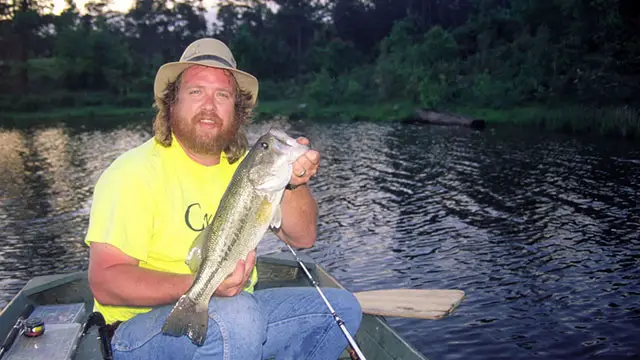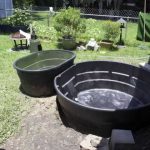Are you dreaming of having your own small bass pond in your backyard? Building a small bass pond can be a rewarding and enjoyable project that can bring a touch of nature to your property. In this guide, we will walk you through the steps to create your very own small bass pond.

Credit: www.youtube.com
Step 1: Planning
Before you start digging, it’s essential to plan out your small bass pond. Decide on the size and location of the pond, taking into consideration factors such as sunlight, drainage, and accessibility. Make sure to check with local authorities for any permits or regulations that may be required.
Step 2: Digging the Pond
Once you have your plan in place, it’s time to start digging. Use a shovel or a small excavator to dig out the shape of your pond. Consider the depth of the pond, ensuring it is deep enough for the bass to thrive and survive in different seasons.
Step 3: Lining the Pond
After digging the pond, you will need to line it to prevent water from seeping into the surrounding soil. You can use a pond liner made of rubber or PVC. Make sure to secure the liner properly to avoid leaks.
Step 4: Adding Water
Once the pond is lined, it’s time to fill it with water. You can use a garden hose or a water truck to fill the pond. Make sure the water is clean and free from any chemicals that could harm the bass.

Credit: www.pinterest.co.uk
Step 5: Creating a Balanced Ecosystem
To ensure the health of your bass and other aquatic life, you will need to create a balanced ecosystem in your pond. This includes adding aquatic plants, rocks, and other natural elements to provide shelter and food for the bass.
Step 6: Introducing Bass
Once your pond is ready, it’s time to introduce the bass. Make sure to source your bass from a reputable supplier to ensure they are healthy and disease-free. Gradually acclimate the bass to the pond water before releasing them.
Step 7: Maintenance
Maintaining your small bass pond is essential to ensure the health and longevity of the bass. Regularly check the water quality, remove any debris, and monitor the fish for signs of illness. Consider adding aeration to keep the water oxygenated.
Tips for a Successful Bass Pond
- Choose a sunny location for your pond to promote plant growth and warmth.
- Monitor the water temperature to ensure it stays within the optimal range for bass.
- Consider adding a filtration system to keep the water clean and clear.
- Avoid overfeeding the bass to prevent water quality issues.
- Enjoy the beauty and tranquility of your small bass pond!
Conclusion
Building a small bass pond can be a fulfilling project that allows you to create a natural oasis right in your backyard. By following these steps and tips, you can create a thriving habitat for bass and other aquatic life. So, roll up your sleeves, grab your shovel, and start building your small bass pond today!





